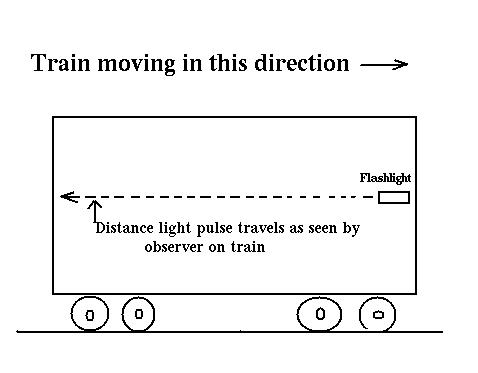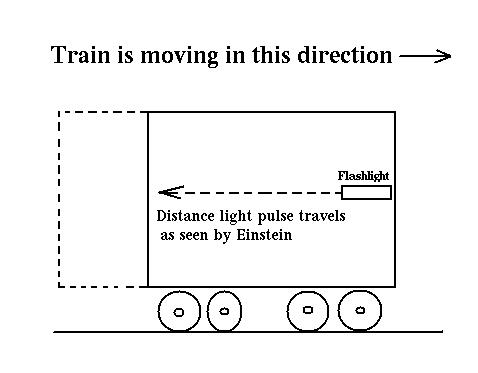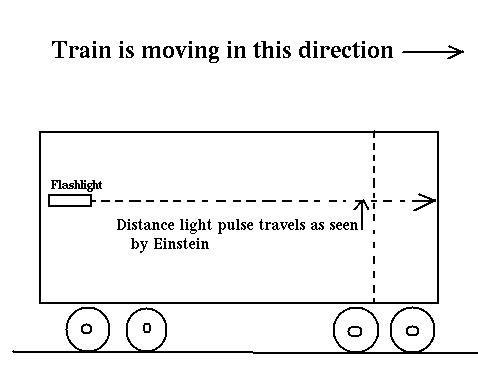| Man
of the century
E-mail: Letters@time.com The purpose of my letter is in a more serious vain. It focuses on your 'Person of the Century' : Albert Einstein. It is my contention that the world we live in is in such a mess, partly, because a reputable magazine such as yours, should fall into the trap of reinforcing subjective information, without offering a more balanced view. After all, books have been written implying that Einsteins theory is flawed. Two points were emphasized when i was introduced to science the first time. My science teacher made it clear that all experiments have to be conducted systematically and with meticulous care to insure accuracy and objectivity, and that under no circumstances should the measuring instruments be tampered with in order to obtain the desired result. Your 'Person of the Century' is guilty on both counts. Albert Einstein tampered with the measuring instruments in order to obtain the desired results, results which conform to reality. He tampered with the measuring instruments by fabricating the 'special theory of relativity'. He had to do this, because he constructed his arguments from false premises. Having done this, his theory had to lead to all kinds of bizarre consequences, which made it incomprehensible for most people. To expose the absurdity of Einsteins theory is elementary. Take the example from Hawkings article entitled; 'A brief history of relativity', as published in your special edition. QUOTE: special relativity relativity and length A moving object appears to shrink in the direction of motion, as seen by a stationary observer. 1.The man now observes a light beam that travels the length of the train car. Knowing the speed of light and the travel time of the light beam, he can calculate the length of the train.
The observer on the train sees only the motion of the light beam. 2.Einstein is not moving, so the rear of the train is moving forward from his point of view to meet the beam of light: for him, the beam travels a shorter distance. Because the speed of light is always the same, he will calculate the trains length as shorter- even after he allows for his faster-ticking clock. As the train approaches the speed of light, its length shrinks to nearly zero.
Someone watching from outside sees the light beam moving but with the motion of the train added. END QUOTE Completing the experiment: 3.Einstein calls the man on his cell phone, and tells him to go and stand at the back of the train, pointing his flashlight to the front, so that Einstein can verify his first observation with a second calculation. 4.Einstein is not
moving, so the front of the train is moving
forward from his point of view away from the beam of
light: for him,
the beam travels a longer distance. Because the
speed of light is
always the same, he will calculate the trains length
as longer-
even after he allows for his faster-ticking clock.
As the train
approaches the speed of light, its length increases
to nearly infinity.
Now the
question is this: Duke
South
Africa |


